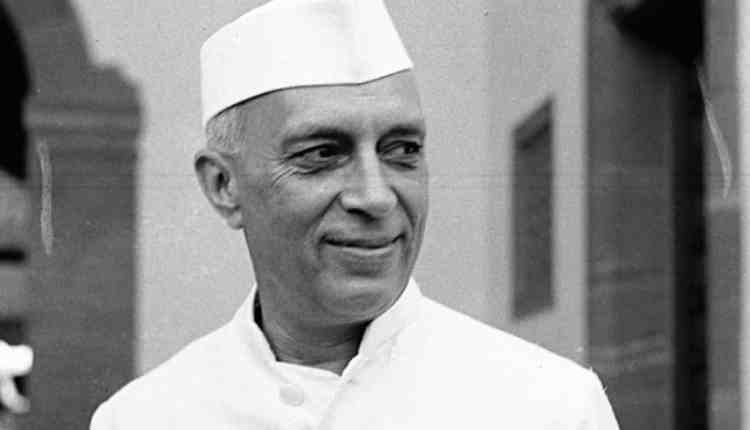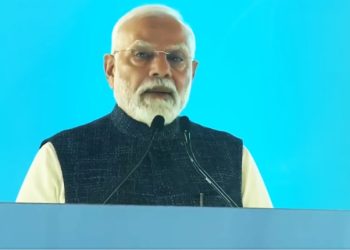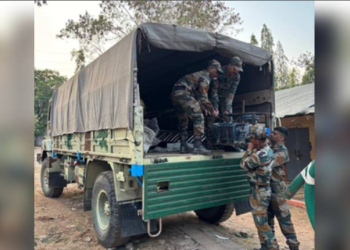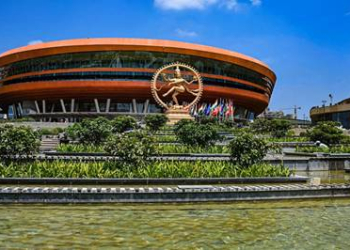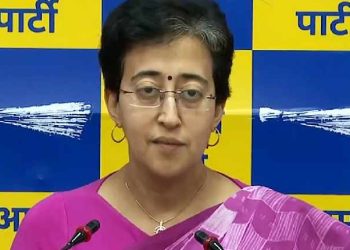New Delhi: Nehru never hid his contempt for India’s monarchs. He loathed the “gilded and empty-headed maharajas and nawabs who strut about the Indian scene and make a nuisance of themselves”. To belittle his contributions to the freedom movement and his hatred for the Princes would be sacrilege. He was the progenitor of the idea of a whole of India that included the provinces and the princely states.
Mani Shankar Aiyar, while reviewing Sandeep Bamzai’s ‘Princestan: How Nehru, Patel and Mountbatten Made India’ in the ‘Open’ Magazine, wrote, quoting extensively from the book:
“Nehru … ‘opposed with all his grit the enslavement of the common public in the Princely States’. Thus, in his presidential address to the Lahore session of the Congress in 1929, Nehru underlined that ‘the Indian states cannot live apart from the rest of India’ and moved the resolution on the subject at the Haripura session of the Congress in 1938, reiterated at Tripuri in 1939. ‘This antipathetic approach remained the bedrock of the future relationship between what Nehru perceived to be an extension of monarchy and true democracy’.”
Bamzai notes, continues Aiyar, that “long before Sardar Patel started corralling the Princes … it was Nehru who was at the vanguard of the Congress’ idea of integrating the Princely States by giving the people power … Nehru and Nehru alone defined the rubric of sentiment against the princes”. Adds the author, in the context of the early negotiations for the integration of the states, “While Sardar Patel was conciliatory, Nehru was direct and even brash.”
To make his point, Bamzai, according to Aiyar, contrasts Patel’s remarks to a delegation of Deccan rulers who came in July 1946 with a proposal to form a union of Deccan states to preclude full integration into the Union of India with Nehru’s principles argument to the same delegation at a separate meeting with them. Where Patel “averred” that “there was no immediate intention to disturb the present arrangements”, Nehru bluntly opposed “small states being attached to big states … it (attachment) must be in neighbouring provinces (of British India) and never in another (princely) state”.
Bamzai, notes Aiyar, searches assiduously through the record to establish that Nehru “was the progenitor of the idea of breaking the back of the princes”. To this end, Nehru was instrumental in building a popular movement under the auspices of AISPC (All India States’ People’s Conference), over which he presided for 20 years, to demand an end to princely overlordship and integration into a democratic, republican India.
“Without this movement, carefully nurtured by Nehru over two decades, it would have been the Congress v/s the Princes when the denouement came in 1947. Instead, it became the Congress and the States’ Peoples against the feudal order allied to the Political Department of the departing Imperial establishment. Without the AISPC, and its exertions over two decades, it is entirely possible that the ambiguities in the Indian Independence Act and the dodgy statements and actions of British Prime Minister Attlee and his Secretary of State for India, Lord Listowel, the Political Department in Delhi, headed by Sir Conrad Corfield, scheming with the Narendra Mandal (Chamber of Princes), particularly the faction led by the Nawab of Bhopal, would have prevailed in establishing some form of ‘Princestan’.
“Indeed, Nehru would not have been able to enlist Lord Mountbatten’s active support for a ‘united and unified’ independent India, unless and until the states’ peoples rose against their serfdom. Moreover, Gandhi and Patel would have been proved right in cautioning against interfering with the system of princedom if Nehru and the AISPC had not relentlessly worked among the states’ peoples for two struggle-filled decades. And we would have been left balkanised from the very beginning of our existence as an independent nation.”
Similarly, Ghulam Suhrawardi, writing about the same book, says: “Nehru emerged as a strong anti-monarchist while Patel demanded Viceroy Mountbatten to get all 565 princely states into the same basket. All these princely states with multiple presidencies would be quasi-sovereign with sovereignty lying with the British government. V.P. Menon termed it as the union of the unwilling having a delusion to create Princestan. It appeared like a grand conspiracy against nascent India. Suzerainty cannot return to the entity that is not a sovereign anymore.
“Most of these princes were having a lazy life and lived off others. If they joined India or Pakistan, they would lose this lifestyle. Once it was getting more explicit about their predicament, some of these princes wanted to enter India and some Pakistan. The Nawab of Bhopal wished to join Pakistan. Jinnah offered him the Prime Ministership of Pakistan.
“India emerged as a republic. Nehru and Patel did not appreciate the niceties and patience to dialogue with the chamber of princes and their supporters. About Kashmir, Nehru took it as a part of a greater India where one could travel anywhere. But he was open to a referendum on a later date. This is where Patel and Nehru diverged, with the former asking for the outright annexation of Kashmir. They toyed with the idea of keeping Hyderabad and letting go of Kashmir. Sheikh Abdullah, Nehru and the Congress were against the monarchs, whereas the Muslim League had a cozy relationship with the princes. The Maharaja of Kashmir, Hari Singh, negotiated a limited accession maintaining defence, currency and communications with the Centre.”
(IANS)



